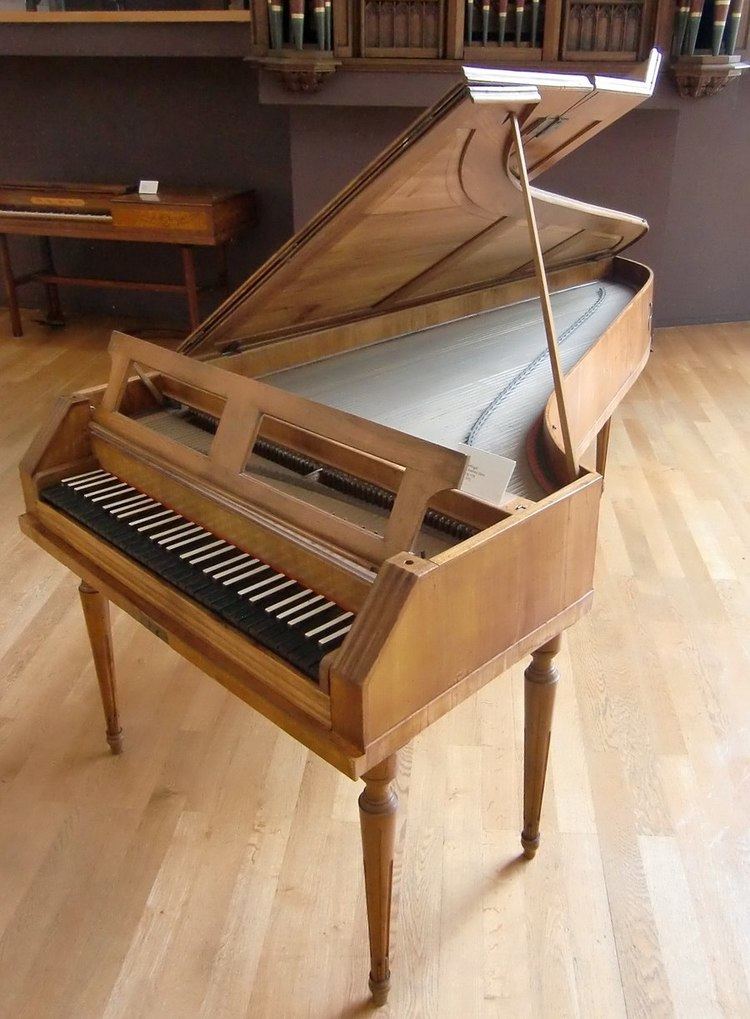Composed 1782 (1782)–83 | Catalogue K. 415 Scoring Pianoorchestra | |
 | ||
Movements Three (Allegro vivace, Andante, Allegro) | ||
The Piano Concerto No. 13 in C major, K. 415 (387b) by Wolfgang Amadeus Mozart was composed in Vienna in 1782–83. It is the third of the first three full concertos Mozart composed for his subscription concerts.
It consists of three movements:
- Allegro, in C major and common (C) time
- Andante, in F major and 3/4 time
- Allegro, in C major and 6/8 time
The average duration of performance of Concerte für das Pianoforte (vol. 2, no.13), is 23 minutes.
Instrumentation: solo – piano; orchestra: 2 oboes, 2 bassoons + 2 horns, 2 trumpets + timpani + strings
Assessment and reception
This concerto has long had an ambiguous reputation. The first movement starts with a quiet theme, similar to that of the later C major Concerto No. 21, but introduced fugato. The orchestral introduction builds to an impressive tutti, but many writers, including Hutchings and Girdlestone, have considered that after the entry of the piano this early promise is somewhat dissipated. The piano part itself consists of passages that do not integrate well with the fugato treatment of the ritornellic material, and, as Hutchings comments, the result is that the "whole is less than the sum of the parts".
